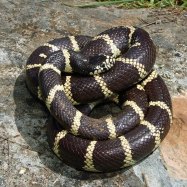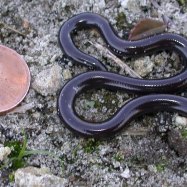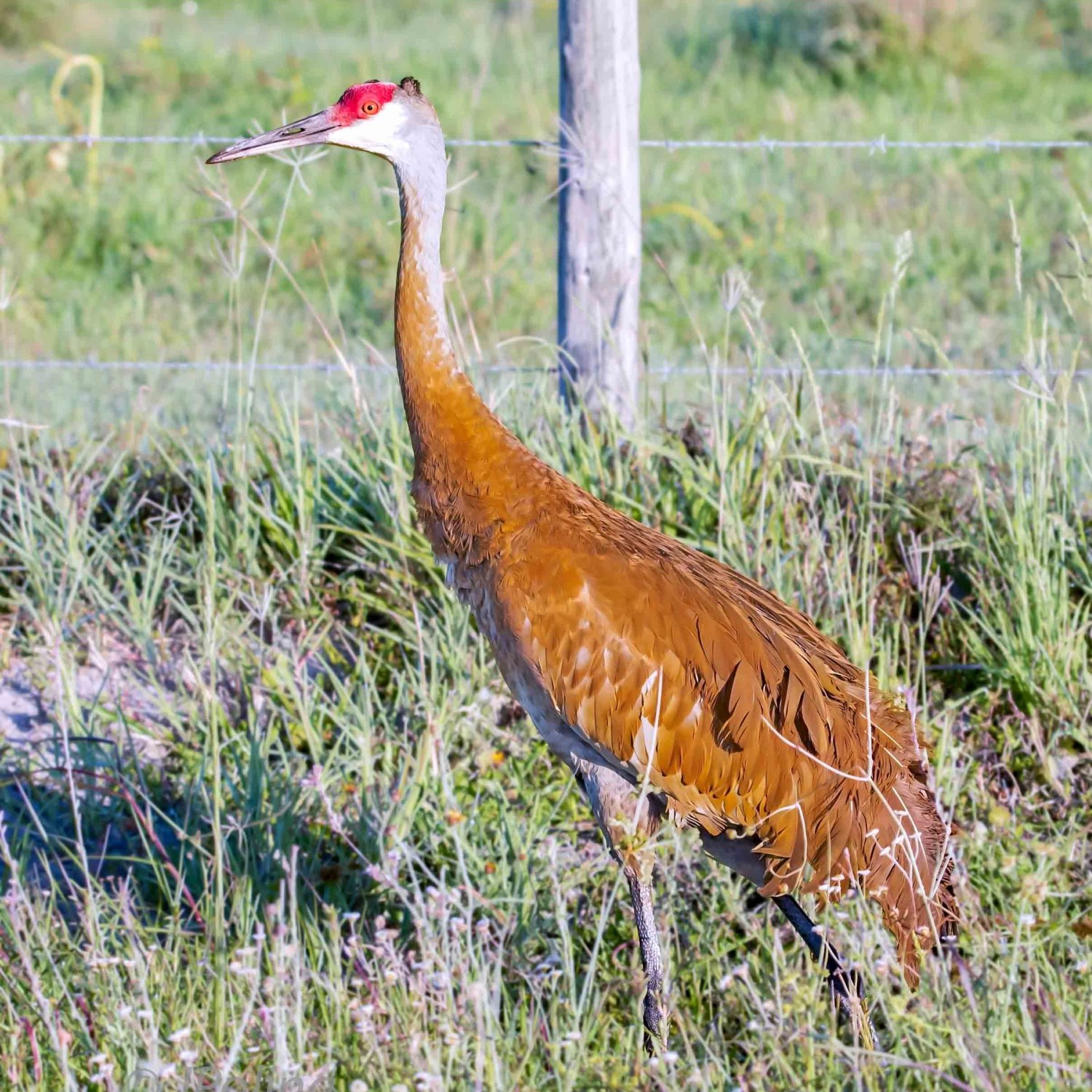
Sandhill Crane
3.5 to 4.9 feet
Meet the graceful Sandhill Crane, a tall and slender bird that can measure between 3.5 to 4.9 feet in length. This beautiful creature belongs to the Gruidae family and can be spotted in various regions across North America. Keep an eye out for these elegant flocks in your next nature walk! #SandhillCrane #NorthAmericanWildlife #GruidaeFamily
Animal Details Summary:
Common Name: Sandhill Crane
Kingdom: Animalia
Habitat: Wetlands, grasslands, and agricultural fields
The Majestic Sandhill Crane: A Fascinating Bird of North America
The Sandhill Crane, also known by its scientific name Grus canadensis, is a beautiful and majestic bird that can be found across North America. With its tall and slender body, gray coloration, and distinctive call, the Sandhill Crane is a beloved and iconic species in its home country, the United States. In this article, we will explore the fascinating characteristics of this amazing bird, from its taxonomy to its behavior and habitat.Taxonomy
The Sandhill Crane belongs to the Kingdom Animalia, and it belongs to the Phylum Chordata, making it a vertebrate Sandhill Crane. It is a member of the class Aves, which includes all bird species. The Sandhill Crane is part of the order Gruiformes, which includes crane species, as well as rails, coots, and gallinules. Finally, it belongs to the family Gruidae, which is the crane family. The Sandhill Crane is the most abundant crane species in North America, and it is one of the largest flying birds in the world.Appearance
The Sandhill Crane is a tall and slender bird, with a height ranging from 3.5 to 4.9 feet. It has a wingspan of about 6 to 7 feet and can weigh anywhere between 6 to 14 pounds, depending on its geographical location. The body of the Sandhill Crane is covered in mainly gray feathers, with some variations in color in different subspecies Shiranian. Its long legs are black, and its head and neck are mostly black, with a red patch on top of its head. However, it is commonly found with a golden brown coloration, due to the muddy areas it forages in.Habitat
The Sandhill Crane can be found in a variety of habitats, including wetlands, grasslands, and agricultural fields. In the winter, they tend to migrate to warmer areas, and in the spring, they move back to their breeding grounds. They are known to nest in marshy areas with tall grasses, which provide shelter and protection for their offspring. However, they are adaptable birds and can also make their homes in agricultural fields, as long as there is enough cover.Behavior
The Sandhill Crane is an omnivorous bird, which means that it feeds on both plant and animal matter. Its diet consists of a variety of items, including seeds, grains, small mammals, insects, and even snakes. They are known for their foraging technique, where they use their sturdy feet to stomp on the ground to scare out any prey that may be hidden in the grass.One of the most remarkable behaviors of the Sandhill Crane is its elaborate courtship dance. During breeding season, pairs will perform a dance ritual, which involves jumping, bowing, and twirling around each other, with their wings spread wide. This dance is believed to strengthen the bond between the pair and can also serve as a display of dominance to other cranes in the area.
Geographical Distribution
The Sandhill Crane is found in various regions across North America, with the largest population residing in the United States. It can also be found in parts of Canada, Mexico, and even as far south as Cuba. Their distribution also varies depending on the subspecies, with the Lesser Sandhill Crane found mainly in the Midwest and the Greater Sandhill Crane found more towards the Pacific Northwest.In Conservation
Despite being one of the most abundant crane species, the Sandhill Crane still faces certain threats in the wild. One of the major concerns is the loss of their natural habitats due to human activities such as agriculture and urbanization. The draining of wetlands and grasslands also decreases their food sources, which can have a significant impact on their survival.The Importance of Wetlands
Wetlands play a vital role in the survival of the Sandhill Crane, as it is their preferred habitat for nesting and foraging. Wetlands provide a diverse range of plants and animals for the cranes to feed on, and the tall grasses offer protection for their nesting sites. However, wetlands are also vital ecosystems for many other species, and their conservation is crucial for maintaining biodiversity and ecological balance.Fun Facts About the Sandhill Crane
- The Sandhill Crane is one of the oldest bird species, with fossils dating back over 2.5 million years.- Its distinctive call can be heard from up to 2 miles away.
- In Native American culture, the Sandhill Crane symbolizes luck and longevity.
- Sandhill Cranes mate for life, and the bond between a pair can last for over 20 years.
- The Sandhill Crane is known to engage in "anting," where they rub ants on their feathers to release formic acid, which acts as a natural insecticide.
In Conclusion
The Sandhill Crane is a remarkable and captivating bird that is deeply ingrained in the landscape and culture of North America. Its tall and slender frame, gray coloration, and distinctive call make it easily recognizable, even from a distance. Despite facing challenges, the Sandhill Crane continues to thrive in various regions across its geographical distribution and will hopefully continue to do so with proper conservation efforts. Let's learn to appreciate and protect this beautiful species that adds to the diversity and magnificence of our natural world.

Sandhill Crane
Animal Details Sandhill Crane - Scientific Name: Grus canadensis
- Category: Animals S
- Scientific Name: Grus canadensis
- Common Name: Sandhill Crane
- Kingdom: Animalia
- Phylum: Chordata
- Class: Aves
- Order: Gruiformes
- Family: Gruidae
- Habitat: Wetlands, grasslands, and agricultural fields
- Feeding Method: Omnivorous
- Geographical Distribution: North America
- Country of Origin: United States
- Location: Sandhill Crane flocks can be found in various regions across North America.
- Animal Coloration: Gray
- Body Shape: Tall and slender
- Length: 3.5 to 4.9 feet
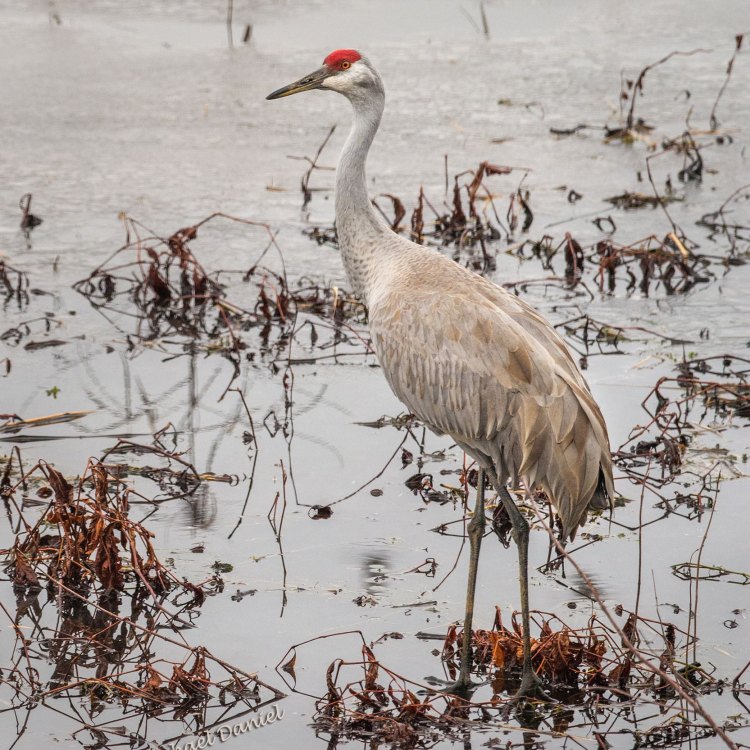
Sandhill Crane
- Adult Size: Adults weigh between 6.5 to 14 pounds
- Average Lifespan: 20 years
- Reproduction: Sexual
- Reproductive Behavior: Monogamous
- Sound or Call: Loud, trumpeting calls
- Migration Pattern: Migratory
- Social Groups: Large flock or family groups
- Behavior: Social, territorial
- Threats: Habitat loss, hunting
- Conservation Status: Least Concern
- Impact on Ecosystem: Seed dispersal, nutrient recycling
- Human Use: Hunting, bird watching, ecotourism
- Distinctive Features: Red crown on the top of the head, long legs and neck
- Interesting Facts: Sandhill Cranes engage in elaborate courtship dances
- Predator: Coyotes, foxes, and eagles
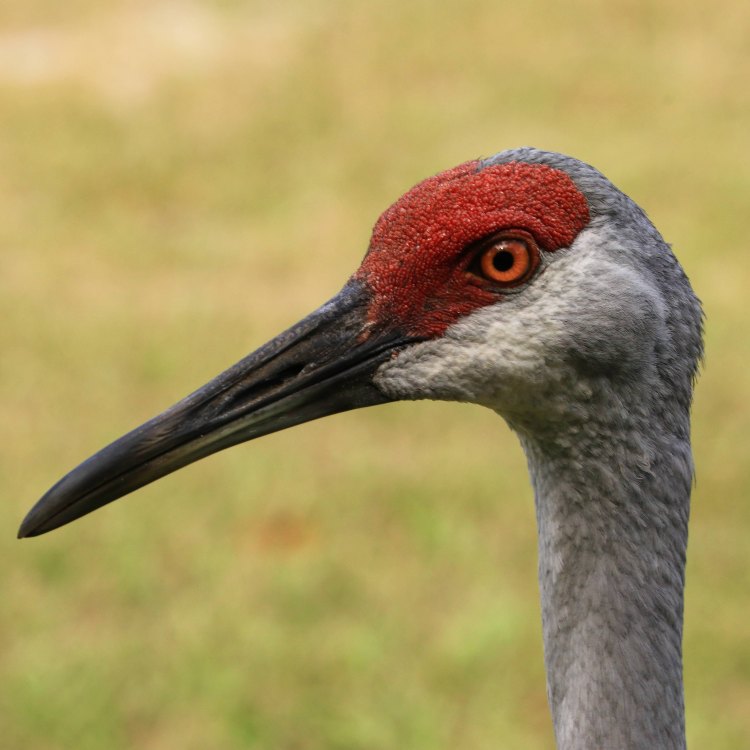
Grus canadensis
The Graceful Beauty of Sandhill Cranes: Migratory Treasure of the Sky
The sky fills with a deafening chorus of loud trumpeting calls as thousands of Sandhill Cranes take flight, their long legs and necks gracefully extended in unison. These majestic birds, with their distinctive red crown and monogamous reproductive behavior, are a sight to behold. Their size, behavior, and unique features make them a fascinating subject of study, and their importance in the ecosystem cannot be underestimated. In this article, we will delve into the world of Sandhill Cranes, exploring their behavior, conservation status, and impact on the ecosystem PeaceOfAnimals.Com.Adult Sandhill Cranes are a sight to behold. With their long legs and necks, they stand tall at an average height of 4 feet. These birds have a weight range of 6.5 to 14 pounds, making them one of the larger crane species. Their lifespan spans up to 20 years, with some individuals even living up to 25 years in captivity. With their striking appearance and impressive size, it's no wonder these birds are revered as symbols of grace and elegance.
Sandhill Cranes are sexually reproductive birds, which means they require a partner to reproduce. Once a bond is formed, the pair remains monogamous for life. During the breeding season, which typically occurs between March and June, the birds engage in elaborate courtship dances Smilosuchus. These dances involve a series of intricate movements, including bowing, leaping, and running, accompanied by loud calls. These dances serve to strengthen the bond between the pair and display their fitness for breeding.
The loud, trumpeting calls of the Sandhill Cranes are unmistakable. These calls serve multiple purposes, such as identifying a mate, establishing territory, and communicating with their flock. The calls can be heard from a distance, ranging up to 2 miles, making them an efficient mode of communication for these birds.
One of the most remarkable features of Sandhill Cranes is their migratory pattern. These birds are found all over North America, with some populations also found in Siberia and Cuba. They breed in Canada and the northern United States during the summer months, then migrate to southern states and Mexico for the winter. Some populations even travel as far as Florida and Cuba. This migratory behavior is vital for the survival of these birds as they follow food sources and seek out suitable breeding grounds.
Sandhill Cranes are highly social birds and can be seen in large flock or family groups during the non-breeding season. These flocks can range from a few individuals to thousands, making for an impressive sight. While they are social, Sandhill Cranes are also territorial and will defend their nesting areas and food sources from other cranes and predators.
Unfortunately, the behavior and patterns of Sandhill Cranes have put them at risk of numerous threats. Habitat loss due to agriculture, urbanization, and land development is a significant threat to these birds. Changes in wetland habitats, which serve as crucial breeding grounds for Sandhill Cranes, have also resulted in declining populations. Another significant factor is hunting, which is still legal in some areas. This practice, coupled with accidental shootings, has caused a decline in populations and can significantly impact the survival of these birds.
Despite these threats, Sandhill Cranes are classified as "Least Concern" on the conservation status scale. This is due in part to large populations and the efforts of conservation groups and individuals to protect these birds and their habitats. The establishment of protected areas and the enforcement of hunting regulations have also contributed to the stable population of Sandhill Cranes.
The impact of Sandhill Cranes on the ecosystem cannot be underestimated. As inhabitants of wetland habitats, they play a vital role in seed dispersal and nutrient recycling. Their foraging behavior, which includes digging and probing in the soil, helps to aerate and distribute nutrients, contributing to the growth of plants and other organisms. Without these birds, the ecosystem would suffer, resulting in cascading effects on other species.
Humans have had a significant influence on Sandhill Cranes throughout history. Native American cultures viewed these birds with great reverence and incorporated their imagery into their art and mythology. In modern times, Sandhill Cranes are a sought-after game bird, and hunting is a popular activity in some areas. They are also a popular subject for birdwatching and ecotourism, providing an economic incentive for their conservation and protection.
The distinctive features of Sandhill Cranes make them a subject of fascination for bird enthusiasts and researchers alike. Aside from their impressive size, long legs, and necks, they sport a distinctive red crown on the top of their head. This red patch is particularly pronounced during the breeding season and serves to attract mates and establish dominance among other cranes. It is a unique and striking feature that sets them apart from other crane species.
One of the most interesting facts about Sandhill Cranes is their elaborate courtship dances. These birds have a particular dance routine that involves bowing, leaping, and running, accompanied by loud calls. This behavior is a reflection of their monogamous reproductive behavior, as well as their need to display their fitness for breeding. These dances are a spectacular sight to witness and can last for several minutes.
Like any species, Sandhill Cranes have natural predators. These birds are preyed upon by coyotes, foxes, and eagles. They have evolved to be highly alert, with excellent vision and hearing, to evade predators. Parent birds also have a series of warning calls to alert their offspring and flock of potential danger.
In conclusion, Sandhill Cranes are a magnificent and vital species that grace our skies and contribute to the balance of the ecosystem. Their size, behavior, and distinctive features make them a subject of fascination and admiration. They face various threats, but efforts to protect and conserve them have resulted in stable populations. As we continue to learn more about Sandhill Cranes, we must also strive to coexist with them and ensure their survival for generations to come.
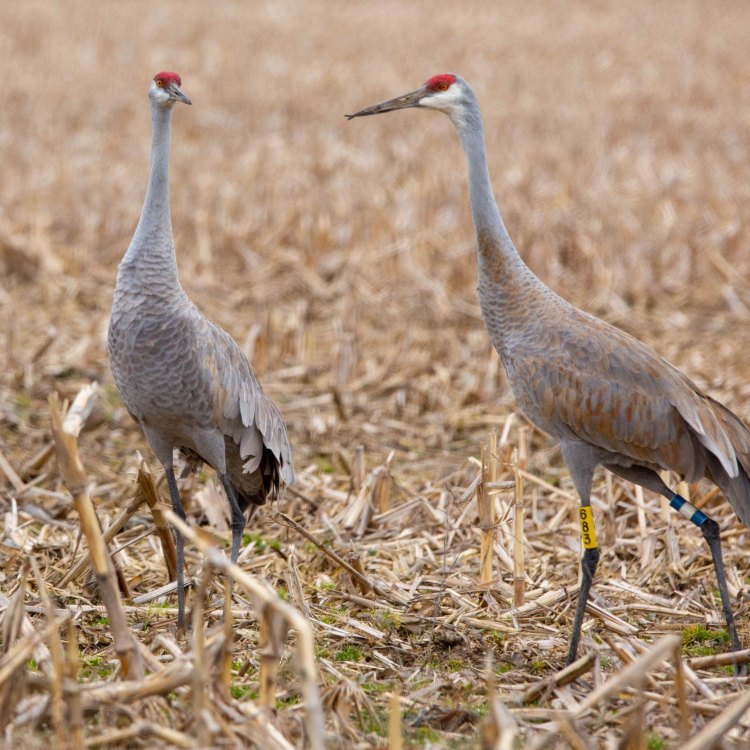
The Majestic Sandhill Crane: A Fascinating Bird of North America
Disclaimer: The content provided is for informational purposes only. We cannot guarantee the accuracy of the information on this page 100%. All information provided here may change without prior notice.



